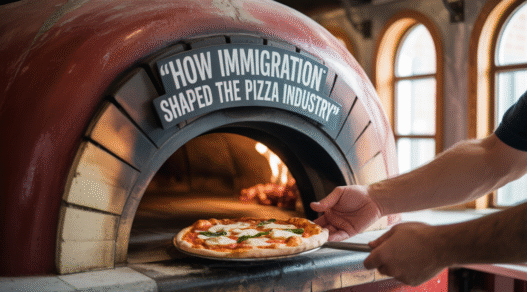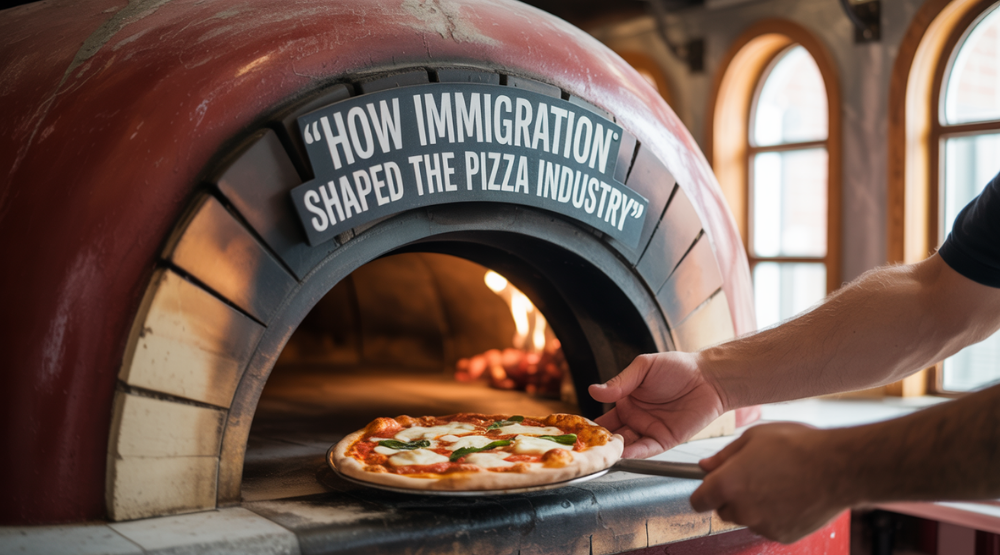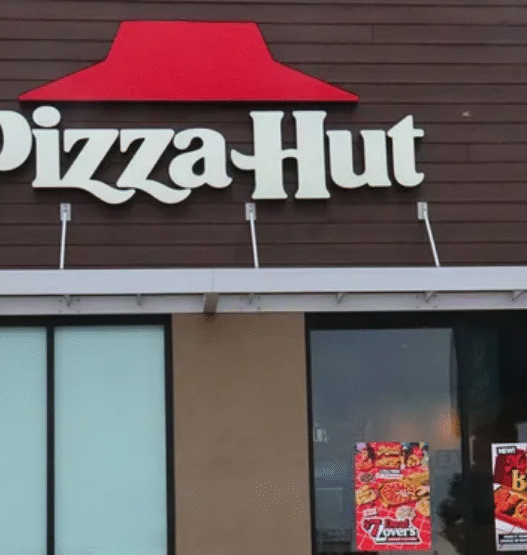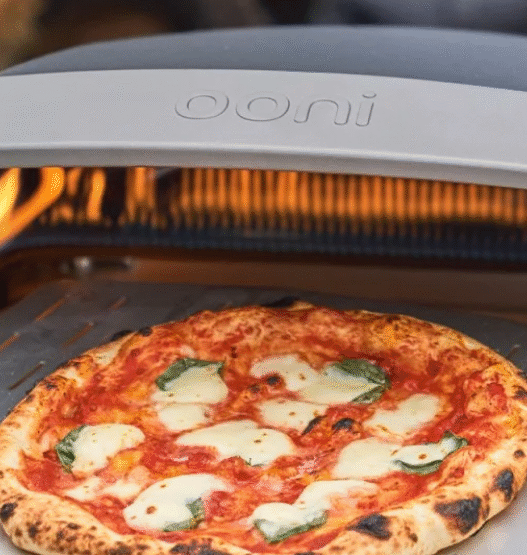Pizza is more than a meal—it’s a cultural icon, a global phenomenon, and a testament to the power of immigration. From its humble beginnings in Naples to its dominance on the streets of New York and beyond, pizza’s journey is deeply tied to the movement of people and the exchange of traditions.
In this deep-dish dive, we’ll explore how immigration shaped the history of pizza, continues to influence modern trends, and drives opportunities for pizza enthusiasts, suppliers, and shop owners today. Whether you’re a passionate home cook, a supplier navigating market changes, or a pizzeria owner aiming to grow your business, this guide is for you.
The Immigrant Roots of Pizza: A Slice of History
From Naples to the New World
The story of pizza begins with Italian immigrants who brought their cherished recipes to America in the late 19th and early 20th centuries. What started as a working-class street food in Naples quickly adapted to its new environment.
Did You Know?
- The first licensed U.S. pizzeria, Lombardi’s, opened in 1905 in Manhattan, founded by Italian immigrant Gennaro Lombardi.
- Early pizzerias served as social hubs for immigrant communities, offering comfort, connection, and an affordable taste of home.
Immigration’s Ongoing Impact
Immigration isn’t just part of pizza’s past—it’s shaping its future. Today, new waves of immigrants from Latin America, Asia, and the Middle East are bringing bold flavors, innovative techniques, and entrepreneurial energy to the pizza industry.
For Pizza Enthusiasts: Exploring Global Flavors at Home
Fusion Pizzas: A Taste of the World
Immigration has given rise to unique, globally inspired pies—think Korean bulgogi pizza, Indian tikka masala pizza, or Mexican elote pizza. These fusion creations redefine what it means to enjoy pizza at home.
Pro Tip:
Start your culinary journey with the right tools:
Expert Advice: The Secret to Authentic Dough
Chef Lucia Romano, a third-generation pizzaiola and daughter of Italian immigrants, shares her wisdom:
“Great pizza starts with the dough. Use high-protein flour, let it ferment slowly, and don’t be afraid to experiment with toppings from your own heritage.”
Home Pizza Essentials:
For Pizza Suppliers: Adapting to a Diverse Market
How Immigration Shapes Supply Chains
Immigration has expanded product demand and diversified supply chains. Today’s suppliers need to offer everything from halal pepperoni to gluten-free crusts to meet the needs of multicultural communities.
Emerging Industry Trends:
- Growth in sustainable sourcing, with immigrant-owned farms supplying organic ingredients.
- Increased use of inventory and logistics tech for global product diversity.
Supplier Tip:
Partner with Bulk Ingredient Distributors offering international products, and invest in Commercial Pizza Equipment to stay competitive.
For Pizza Shop Owners: Building an Inclusive, Profitable Brand
The Power of Immigrant Entrepreneurs
Immigrant-owned pizzerias remain the heartbeat of the industry. Their success comes from blending authentic traditions with local tastes—and sharing those stories with customers.
Actionable Strategies:
- Diversify Your Menu – Add pizzas inspired by different cultures to attract a broader customer base.
- Streamline Operations – Use a modern Pizza POS System to manage orders and track sales.
- Tell Your Story – Highlight your heritage on social media and host cultural pizza nights.
- Expand Delivery – Adopt Pizza Delivery Software for efficient service to diverse neighborhoods.
Owner Insight:
Ahmed El-Sayed, owner of Mediterranean Pie, shares:
“Pizza is a universal language. Our fusion pies celebrate flavors from five countries—and our customers love the experience. Since we started sharing our story, business has doubled.”
The Future: Immigration and Innovation
What’s next for pizza? Immigration will remain a driving force in:
- Automation and robotics making pizzerias more efficient.
- Plant-based pizzas inspired by global cuisines.
- Local sourcing partnerships connecting immigrant farmers to neighborhood pizzerias.
Pro Tip:
Stay ahead by attending pizza expos, investing in High-Volume Dough Mixers, and subscribing to Industry Trend Reports.
Key Takeaways
- Pizza’s global success is a story of immigration and adaptation.
- Home cooks can explore world flavors with authentic tools and ingredients.
- Suppliers should embrace diversity and invest in technology.
- Shop owners can thrive by honoring cultural roots and innovating for modern tastes.
Affiliate Disclosure
This article contains affiliate links. If you purchase through these links, The Pizza Weekly may earn a commission at no extra cost to you. We only recommend products and services we truly believe in.






















